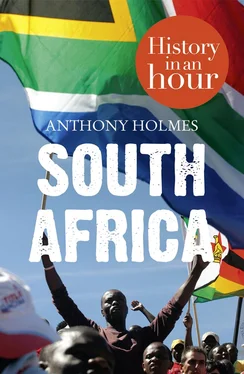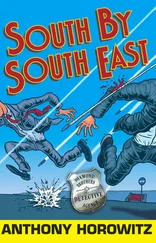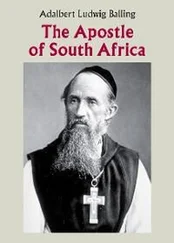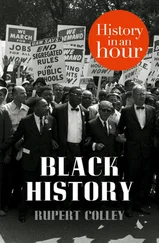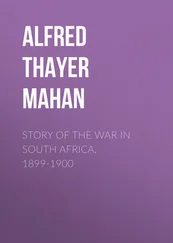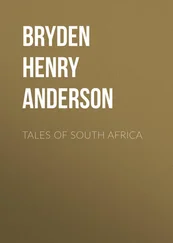Nelson Rolihlahla Dalibhunga Mandela broadcast the following message to his people, to his country; a voice that had been silenced for so long, but which was to become one of the world’s best known voices:
Tonight I am reaching out to every single South African, black and white, from the very depths of my being. A white man, full of prejudice and hate, came to our country and committed a deed so foul that our whole nation now teeters on the brink of disaster. A white woman, of Afrikaner origin, risked her life so that we may know, and bring to justice, this assassin. The cold-blooded murder of Chris Hani has sent shock waves throughout the country and the world . . . Now is the time for all South Africans to stand together against those who, from any quarter, wish to destroy what Chris Hani gave his life for – the freedom of all of us.
Although some riots did follow Chris Hani’s murder, the two sides of the negotiation were galvanized into action. The process was not allowed to drag on and they rapidly came to the agreement that democratic elections should take place on 27 April 1994, just over a year after Hani’s assassination. The short speech given by Nelson Mandela saved South Africa from descending into chaos.
What tortuous path led South Africa to this dramatic moment in its history? To appreciate the ‘politics of colour’ that encompassed the lives of Nelson Mandela, Walter Sisulu, Oliver Tambo, John Vorster, P. W. Botha, F. W. de Klerk and millions of South Africans of all races, religions, professions, and beliefs in the second half of the twentieth century one must go back through the history of South Africa.
And this, in an hour, is South Africa
White Settlers Arrive in South Africa Contents Cover Title Page SOUTH AFRICA History in an Hour Anthony Holmes Copyright About History in an Hour Introduction White Settlers Arrive in South Africa ‘The Great Trek’ from British Rule Self Government for the Cape Colony The War between the Zulus and the White Colonists The Boers Versus the British The National Party of South Africa The Struggle for Equality Apartheid Black Resistance and the Sharpeville Massacre International Pressure and Internal Armed Resistance Right-Wing Extremism and the AWP Global Condemnation of Apartheid The Tri-Cameral Parliament The Struggle Escalates Towards a Better Future for All The New South African Constitution Appendix 1: Key Players Appendix 2: Timeline of South Africa Got Another Hour? About the Publisher Конец ознакомительного фрагмента. Текст предоставлен ООО «ЛитРес». Прочитайте эту книгу целиком, купив полную легальную версию на ЛитРес. Безопасно оплатить книгу можно банковской картой Visa, MasterCard, Maestro, со счета мобильного телефона, с платежного терминала, в салоне МТС или Связной, через PayPal, WebMoney, Яндекс.Деньги, QIWI Кошелек, бонусными картами или другим удобным Вам способом.
The conflict between black Africans and white people in South Africa finds its origin in the seventeenth century. White men from the Netherlands established a permanent harbour at the Cape of Good Hope to replenish food and water, and conduct repairs for the trading fleet of the Dutch East India Company (VOC). Jan van Riebeck arrived in the Cape in 1652 with a party of eighty men with instructions from the Company to build a fort and develop a vegetable garden to provision the ships on their voyages to and from the east.
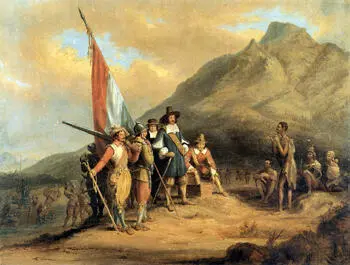
1652 Jan van Riebeck arrives at the Cape
Painting by Charles Davidson Bell
The history of South Africa from 1652 onwards was written by the white historians. The history from the perspective of the black people was handed down orally. As is the way with history, each party paints a picture favourable to themselves, and each naturally accepts their version as ‘the truth’.
The first tribe encountered by the Dutch settlers were the cattle herders called the Khoikhoi. The initial contact with the Khoikhoi was based on barter; however the groups had differing philosophies of ownership, especially when it came to livestock. This led to animosity and accusations of theft from the side of the white farmers, whereas the Khoikhoi subscribed to the concept that cattle did not ‘belong’ to anyone.
The Slave Period
After serving their five-year contracts with the VOC, nine men were released from their contractual obligations and given their own land to farm. They were called vryburgers (free burghers). In 1658 the first slaves were brought to South Africa from other parts of Africa, and later Madagascar, India, and East Asia. Most were labourers and servants but many of them were skilled carpenters and bricklayers. The VOC owned most of the slaves in South Africa’s Cape colony. They were confined to living quarters in a huge slave lodge (later converted into the old Supreme Court and more recently the South African Cultural History Museum) while other slaves were owned and housed by the vryburgers.
Four years later, when van Riebeck returned to Holland in 1662, there were about 250 settlers in what was clearly now a permanent colony. Further expansion saw independent farmers emigrate to South Africa and in the early 1700s the so-called ‘trekboers’ or pioneer farmers started to push outwards towards the north and east. The geographic location of the black African tribes at the time determined that the Xhosa would be the first black tribe to encounter the white farmers. With the Xhosa continuing their migration westwards along the southern coast and the white farmers searching for new opportunities to the east, confrontation was inevitable.
The Wars between the Xhosa and the White Settlers
The conflicts between the Xhosa people and the white farmers were called ‘The Kaffir Wars’. The term ‘Kaffir’ originated from the Arabic-Islamic term Kafir meaning ‘a non-believer’. The word is considered racially offensive in the present day. The use of the ‘K’-word has been actionable under South African law since 1976. There were nine conflicts between the Xhosas and the white settlers, now known as the Xhosa Wars.
The first Xhosa War is recorded as having begun in 1779. Wars followed in 1789, 1799, and 1811, but protracted skirmishes were virtually continuous. Outcomes were indecisive. The sides were evenly matched. The white settlers were heavily outnumbered but they had the better weaponry.
Meanwhile in Europe the newly established Republic of France conquered the Netherlands in 1795. The Netherlands was re-named the Batavian Republic and Prince William of Orange fled to England. Once there the prince asked England to prevent France taking possession of the Dutch colonies. At the behest of Prince William, Britain occupied the Cape colony in 1795, later occupying it permanently from 1806 and ruling it as a crown colony.
The British were in a better position to bring force to bear in South Africa. They commanded military resources in India as well as Britain and were determined to put an end to the frontier problem. In 1820 an emigration scheme brought 5,000 white British settlers to the frontier districts. This move only served to increase the competition for land between the racial groups.
The remaining wars of the nineteenth century were devastating for the Xhosa. Warriors, armed only with spears and clubs, fought against guns. The loss of life was great. The British maintained a military force to protect the white colonists, but the farmers were still harassed and subject to theft of their livestock. Land was seized progressively by the settlers in each successive war and the pressures on the Xhosa intensified with each defeat. The Xhosa, divided into a number of chieftaincies, was unable to coalesce into a cohesive fighting force.
Читать дальше
